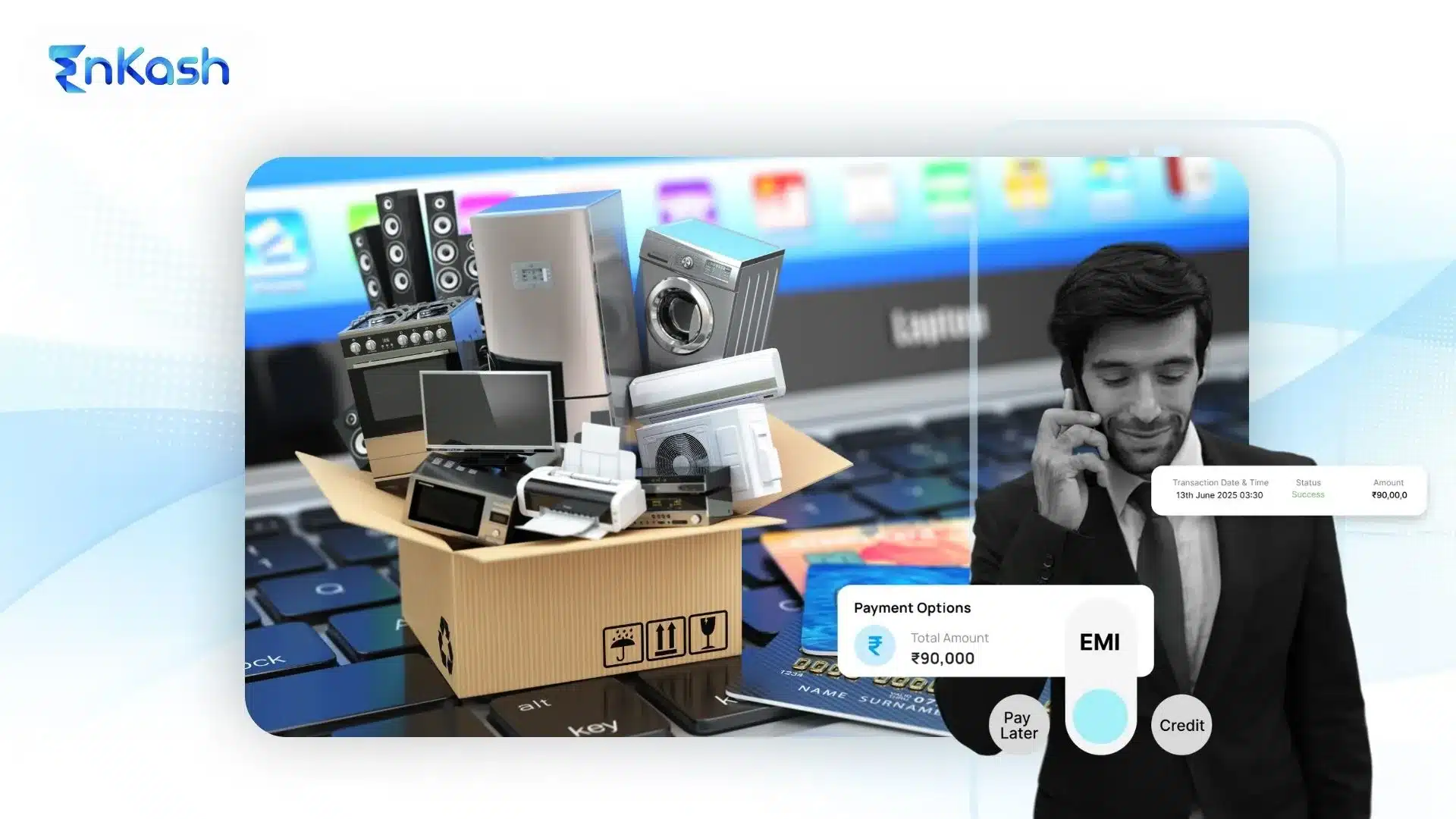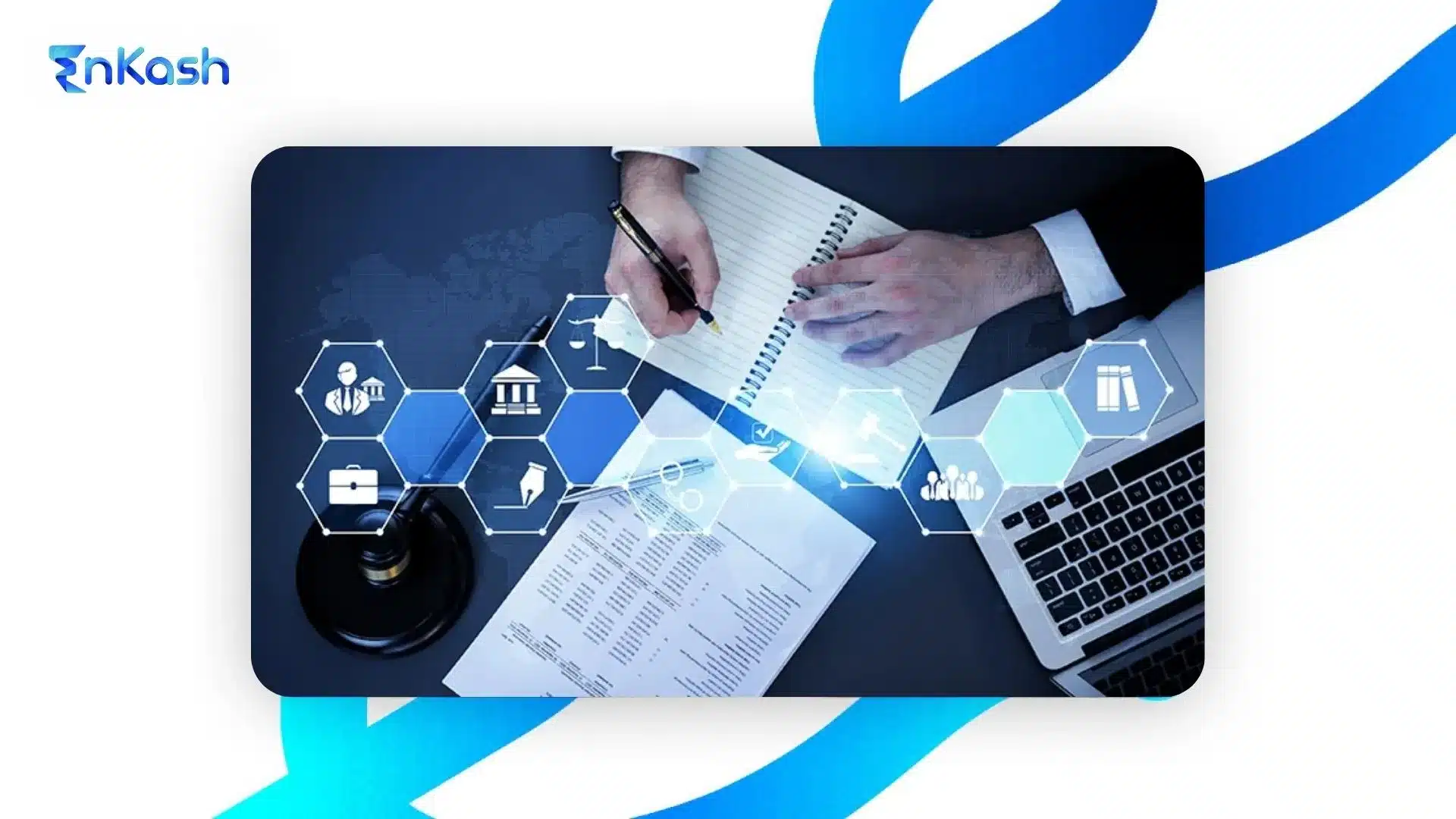Introduction
Payments in the digital world are processed within seconds—and fraudsters act just as fast. That’s why real-time monitoring is no longer optional; it’s essential. No matter if you are running an e-commerce store or another B2B platform, applying real-time analytics to your payment gateway will go a long way toward securing your business, your customers, and your revenue. We will now try and learn just how this proactivity changes modern payment security.
Why Instant Actions Will Stop Payment Fraud
With the fast-paced digital economy cranking through payments at a speed never seen before, the threat of fraud has accordingly increased. In this regard, an effective defense—real-time fraud detection—has been deployed against cybercriminals, and this has shifted the battlefield from damage control and recovery to immediate response, proactive in nature. Real-time monitoring analyzes fraud as it may be occurring during the transaction, different from traditional checks, which mostly operate after the transaction. This important difference in its very nature allows the organization to stop irregular activities from happening, rather than realizing in hindsight when a breach was made after finance-related losses had already occurred. Real-time Transaction Monitoring observes live user interaction and behaviors that deviate from the norm. These could be increases in transaction values, coming from a blacklisted or suspicious IP address, or repeated failed login attempts. Once these subtle cues are picked up by the real-time analytics system, the transaction is flagged as a potential fraud attempt. This system can even suspend, block, or flag the transaction immediately without the need for human intervention. Strengthening the security in the payment gateway with real-time analytics solutions enables the business to act decisively in stopping an attack before it manages to inflict damage. This form of active protection is more than a mere option; it is required. Delays in detecting fraud can be catastrophic, especially for e-commerce exchanges, financial institutions, and B2B real-time payment platforms within which massive sums of money are transferred within a matter of seconds. With such a huge stake, the ability to intervene instantly is in itself a differentiator.
How Today’s Payments Move in Real Time
To give more light to the subject matter, it is important to understand what real-time payments are and why they are important. Real-time payments refer to the transfer of funds from one account to another happening in just a few seconds. Traditional payment methods would authorize a payment instantly but would settle it later; in the case of real-time payment, the entire process is settled instantaneously-including authorization, processing, and settlement, any hour of the day, 365 days in the year.
The defining characteristic of real-time payments is their immediacy. This speed offers great advantages: consumers get goods and services faster; businesses get access to their funds immediately; and overall, financial intermediation operations are conducted efficiently. However, this speed eliminates the buffer time typically used for fraud checks, no settlement interval, or manual consideration. In this regard, the need for real-time fraud detection systems is at its highest level. With funds being transferred so fast, companies would now have to rely on live data streams to detect abnormal behavior. Real-time transaction monitoring becomes the only viable way to combat the fast pace of modern payment systems. Traditional mechanisms are simply too slow. This is especially true for B2B real-time payment platforms: one big fat fraudulent transaction, big financial losses. The high-speed essence of these platforms requires fraud prevention to operate equally fast.
Securing payment gateways with real-time analytics implies that each transaction gets analyzed the very moment it occurs. The systems powered by machine learning and AI check every data point for red flags like geolocation mismatches, device fingerprint anomalies, irregular spending behavior, or repeated access from suspicious networks. These insights put businesses on the fast track to respond accurately. The advantages of real-time payments are unquestionable: speed, efficiency, and customer delight. The only way to earn and go all the way with those advantages is to couple them with crime prevention strategies. That is real-time monitoring at work. It turns speed from a risk into a strength, helping businesses stay secure, trustworthy, and one step ahead of cybercriminals at all times.
How Technology Spots Fraud the Moment It Happens
Payment technology has evolved so much that it has changed how fraud detection and prevention were done before. In an era where money travels within milliseconds, it is no longer enough to have manual checks or delayed alerts. Real-time monitoring powered by the most modern technologies is no longer a luxury but has rather turned out to be a necessity. Systems nowadays use AI and machine learning to detect and prevent fraud from getting away at the exact moment of the crime. The real-time nature of this shift in fraud detection is not just about now; it is about intelligent action borne from data insight that greatly enhances security over digital payments.
AI tools operate on the front lines, detecting fraud in real time by learning from vast volumes of transaction data. They learn behavioral patterns and recognize an anomaly, such as a high-value purchase originating from an unusual location or device. Prompt detection of suspicious behavior gives the system the scope to react immediately and thus minimize the risk of fraudulent activity slipping through undetected.
Payment gateway security monitoring has also grown more sophisticated. It used to suffice to check transaction data; now it goes all the way from analyzing IP address, device fingerprint, user behavior patterns such as navigation flow, and finally into keystroke dynamics. All that encapsulates defense in-depth that does not need human intervention. Regardless, these machine learning algorithms keep getting trained with every single interaction by making fraud detection smarter and more precise with time. If anything, these systems become good at recognizing legitimate behavior from suspicious behavior, and significantly reduce false positives over time, enabling smoother transactions for genuine users without compromising security. It’s the powerful mix of AI, machine learning, and real-time monitoring that allows payment systems to react within milliseconds, preventing such transactions from causing damage. Real-time transaction tracking will create baseline data about the users’ behaviors and automatically flag any changes or abnormalities, such as being logged in from an unknown country or a new device, as suspicious.
Increased technological advancements will bring about intelligent and adaptive security systems to increase accuracy, allow for greater customer satisfaction, and operationally reduce friction. Smarter security measures do more than spot fraud; they also build toward an ecosystem of payment that helps or shields the users so that easy and secure transaction experiences are kept at the forefront.
The Power of Real-Time Alerts
In the world of digital payments, timing is everything. Real-time alerts play an essential role here when suspicious activity is detected. Instead of hearing of fraud hours or days later, businesses and users are alerted immediately and take quick remedial actions. The capacity to respond instantaneously is in itself a major antithesis to fraud, given the 24/7 financial environment today. Real-time fraud detection systems send instant alerts when a transaction is flagged as high-risk based on unusual patterns or other suspicious data points. For instance, transactions whose shipping and billing addresses do not match, which seem to have improbably short checkout times, or those accessed from newer, unknown locations are all detected and escalated in good time. Merchants are duly alerted for inspection and pre-empting any kind of overlooking that could lead to either forfeiture of money or compromising a data set. One of the major perks of real-time monitoring in payment gateways is the decrease in false positives. Unlike the older systems that might block a genuine transaction out of apprehension, the newer tools are increasingly context-aided and therefore more capable of making the right choice. The key to this is the minimization of customer friction, especially for a more efficient fraud response. Faster alerts increase the speed of decision-making, whether putting a temporary stop to a transaction, obtaining verification from the user, or blocking dubious access. Alongside enhancing security, it stimulates trust between businesses and customers. Being able to notify the users of suspicious activities in real time while giving them the option to either allow or deny transactions places them at the helm. The transparent process builds trust towards the platform and assures its customers that their data and money are well-secured. Real-time notifications act like personal bodyguards—constantly vigilant, scanning every transaction, and stepping in the moment they detect anything suspicious. They don’t just react—they give power. With a real-time payment environment wherein transactions are complete within seconds, protection of this nature cannot be offered fast enough. Altogether, with intelligent means such as AI and machine learning integrated with real-time transaction monitoring and instant alerts, businesses stand to greatly enhance their payment gateway security. It’s a strategy not just for fraud prevention, but for building a faster, smarter, and more secure digital payment ecosystem for everyone involved.
Why B2B Payments Need Real-Time Protection
In the present age, B2B transactions have grown to be secure, accurate, and efficient in a fast-paced business environment. These payments would be big-ticket ones and go through complex approval workflows, making them attractive targets for cyber attackers. Therefore, it becomes necessary that every payment step in a B2B real-time payment system should give due importance to security. This further necessitates the need for real-time monitoring, which offers immediate visibility, protection, and trust to every business transaction.
Here’s why real-time tools are essential in B2B payment environments:
The Higher the Stakes, the Faster Protection Needed:
Large amounts of money can be exchanged in B2B payments. Delay or breach can cause extreme financial losses. With real-time fraud detection, any anomalies can be fairly quickly detected, thus limiting unauthorized access or manipulation.
Monitor Transactions Every Step of the Way:
Unlike consumer payments, B2B transactions typically involve numerous stages- invoice approvals, payment authorizations, and the actual accounting entry. Real-time transaction monitoring ensures that each step is observed very closely in order to detect suspicious activities such as sudden changes on the account or irregular patterns of payments.
Invoice Fraud Prevention:
In the B2B ecosystem, invoice fraud is one of the most common cyberattacks. If a false invoice or slight change of vendor account details goes unnoticed, it could cause major losses. Real-time verification tools can detect anomalies such as mismatched account details or changes in vendor payment information, helping prevent many forms of invoice fraud.
Maintain Your Cash Flow and Vendor Trust:
Late payments or payments going to the wrong accounts have a way of staining vendor relations and business operations. Whereas payment verification in real-time could serve to confirm in seconds that the funds are going into the correct account, on time-money flow, and good standing of any business through these payments.
Secure Vendor Payments at Scale:
Large companies often disburse small or bulk payments to vendors in a day. Real-time tracking tools help secure this level by automating security checks-without compromising on either accuracy or speed.
Regulatory Compliance:
There are indeed strict financial regulations that control B2B payment systems. Real-time monitoring, analytics, and reporting support regulatory compliance by ensuring visibility, auditability, and detection of suspicious transactions, which align with standards like PCI DSS, RBI guidelines, or PSD2.
Reduced Manual Errors:
Manual review and batch processing may result in some errors being overlooked. These real-time payment tools can be used in accuracy checking to lessen costly errors and to enhance process integrity.
What Real-Time Security Means for Customers
For customers-individual and business, security is simply the end of the argument. In today’s information age, payment systems are trusted based on transparency, speed, and reliability. A security breach will go a long way in destroying a brand’s credibility and scaring customers away. Hence, real-time monitoring has become a must for secure payment ecosystems. Here is how these tools help to build trust:
Instant Feedback = Confidence:
Probably one of the best features that real-time payment has to offer is instant confirmation. Customers making payments are kept up to date with their transaction status, and the feeling of being able to control the process greatly instills a sense of confidence in the platform.
Transparency at Every Step:
Today, customers want to know exactly what is happening. Given such expectations, real-time systems provide live tracking and status updates, complete with alerts honoring this expectation of openness and honesty.
Stopping Fraud in Its Tracks:
Customers are unaware of what is going on behind the scenes; it is when real-time detection blocks an unauthorized transaction that this builds firm confidence for customers in the service.
Enhanced Customer Experience:
Under fast and secure transactions, users are very much impressed. Customers appreciate systems where they don’t have to contact support for a delayed transaction or a reversed charge.
Customer Loyalty Through Protection:
If they see the platform actively protecting their data and money, users will be happy to return. Transaction monitoring in real-time ensures security more than ever, thereby building loyalty and eventual word of mouth.
Multi-Channel Compatibility:
Mobile apps or web portals, and POS systems; they are all avenues through which real-time monitoring tools can protect. Such omnichannel protection assures customers that they are safe wherever they pay.
Reduced False Declines:
A hidden benefit of enhancing payment gateway security with real-time analytics is correctly distinguishing genuine transactions from fraudulent ones without actually dismissing legitimate customers, which is an issue very common with legacy fraud detection systems.
Building Payment Gateways That Outsmart Fraud
In today’s digital-first economy, cybercriminals are evolving at lightning speed, and such businesses must not merely respond but lead the front by developing payment gateways that are proactive, adaptive, and powered with real-time technology. Traditional security models no longer suffice; instead, one of the first checks requires continuous real-time monitoring with detection and blocking of suspicious activity when it shows up, such as unusual transaction spikes or logins from unknown devices. The ideal payment gateway security monitoring mechanism should be based on AI-based behavior analysis, real-time alerts, and operator-based rule management for instant identification and fighting back against any form of crime. Other than that, it is critical that all teams, not just IT, should learn about real-time payment, how it works, and where the vulnerability chain lies so that organizations maintain a watch party internally. Businesses should combine this real-time analysis with automated response, allowing risky transactions to be paused, rerouted, or blocked before they cause any real harm, thus allowing businesses to react immediately without undue lag for legitimate payments. By embedding these more advanced tools and nurturing security awareness, organizations pave the way for a safer and more trustworthy payment environment. With cyber threats mounting by the day, real-time protection is more of a necessity than a distinguishing factor on which to build future payment systems that are secure, scalable, and trusted by customers.
Conclusion
Real-time monitoring is above and beyond a technical improvement; it has become mandatory in the payment ecosystem of today. Fraud prevention must now be just as fast and just as intelligent as the instant transactions themselves. Real-time fraud detection and analytics allow businesses to identify threats at their inception and respond by preventing them, thus limiting damage and retaining trust. Real-time monitoring shields high-value B2B payments just as much as it reassures the average customer, enabling fast response, making the decision environment more intelligent, and fortifying the payment ecosystem with security. When speed equals security, there is no better ally than real-time monitoring.








